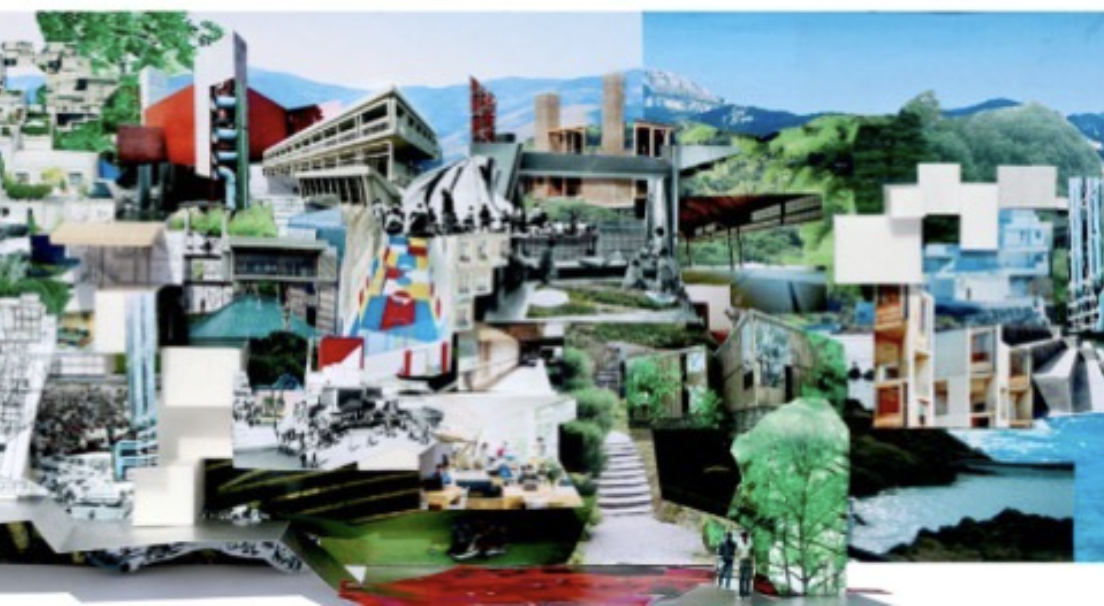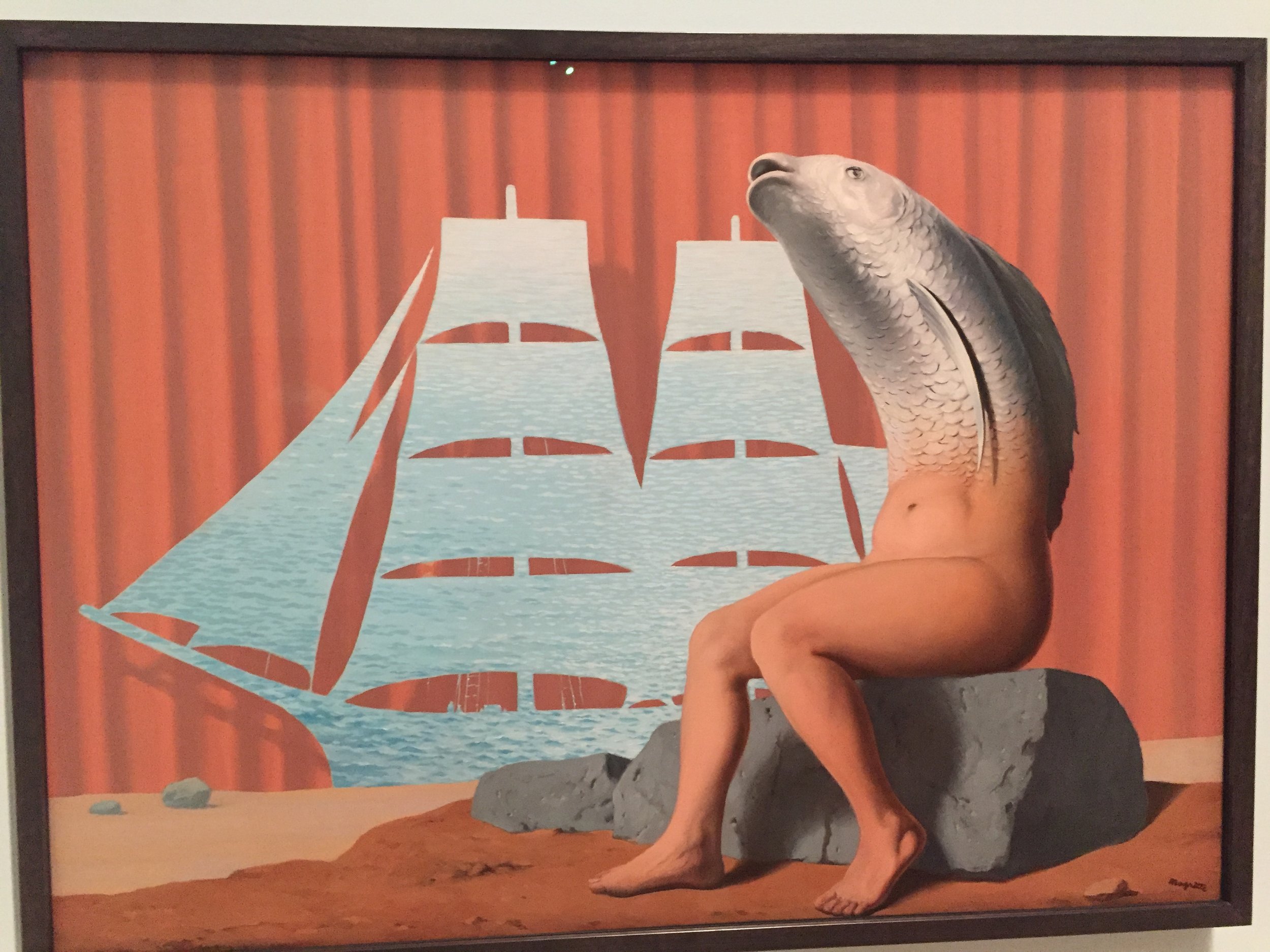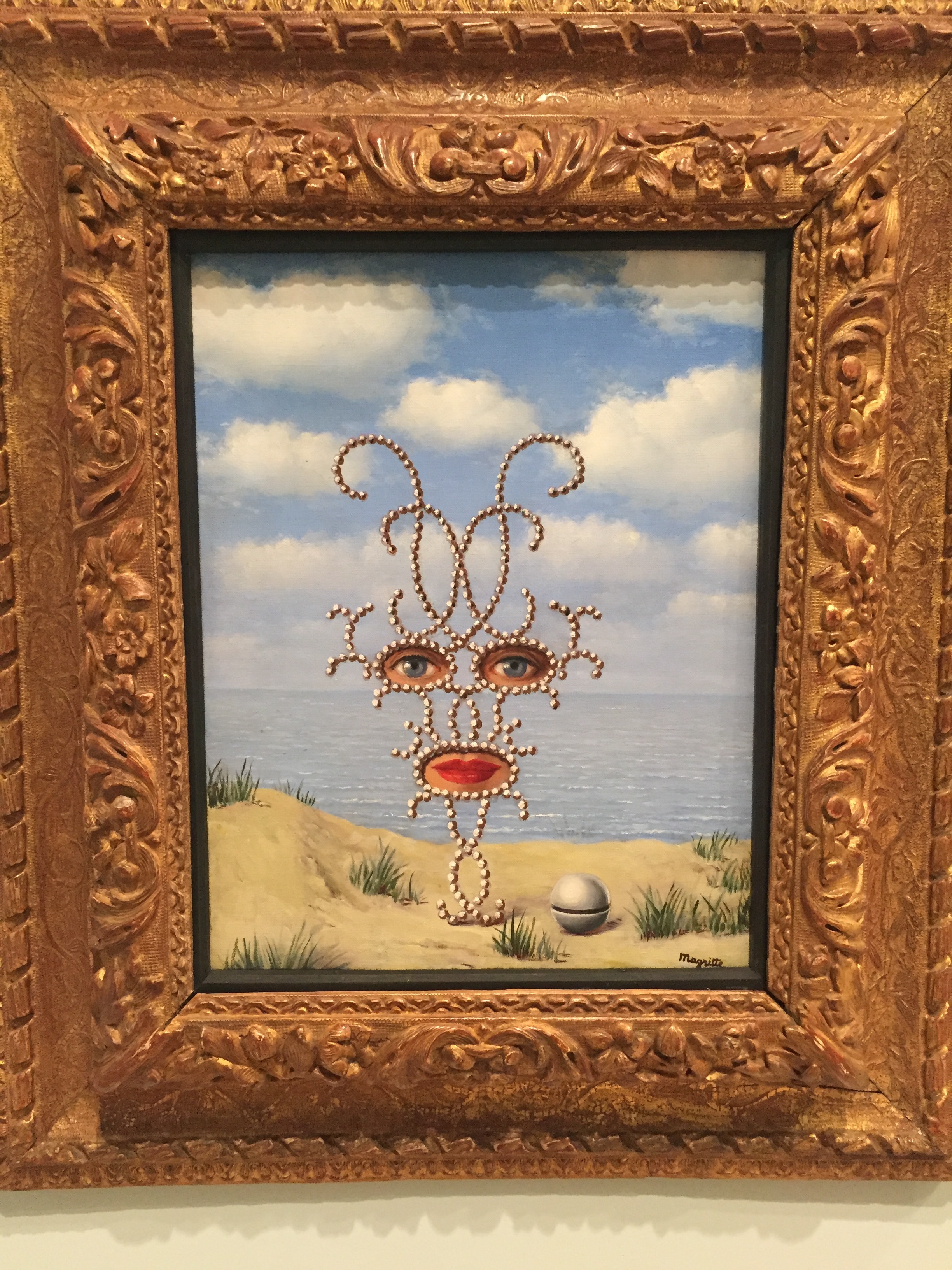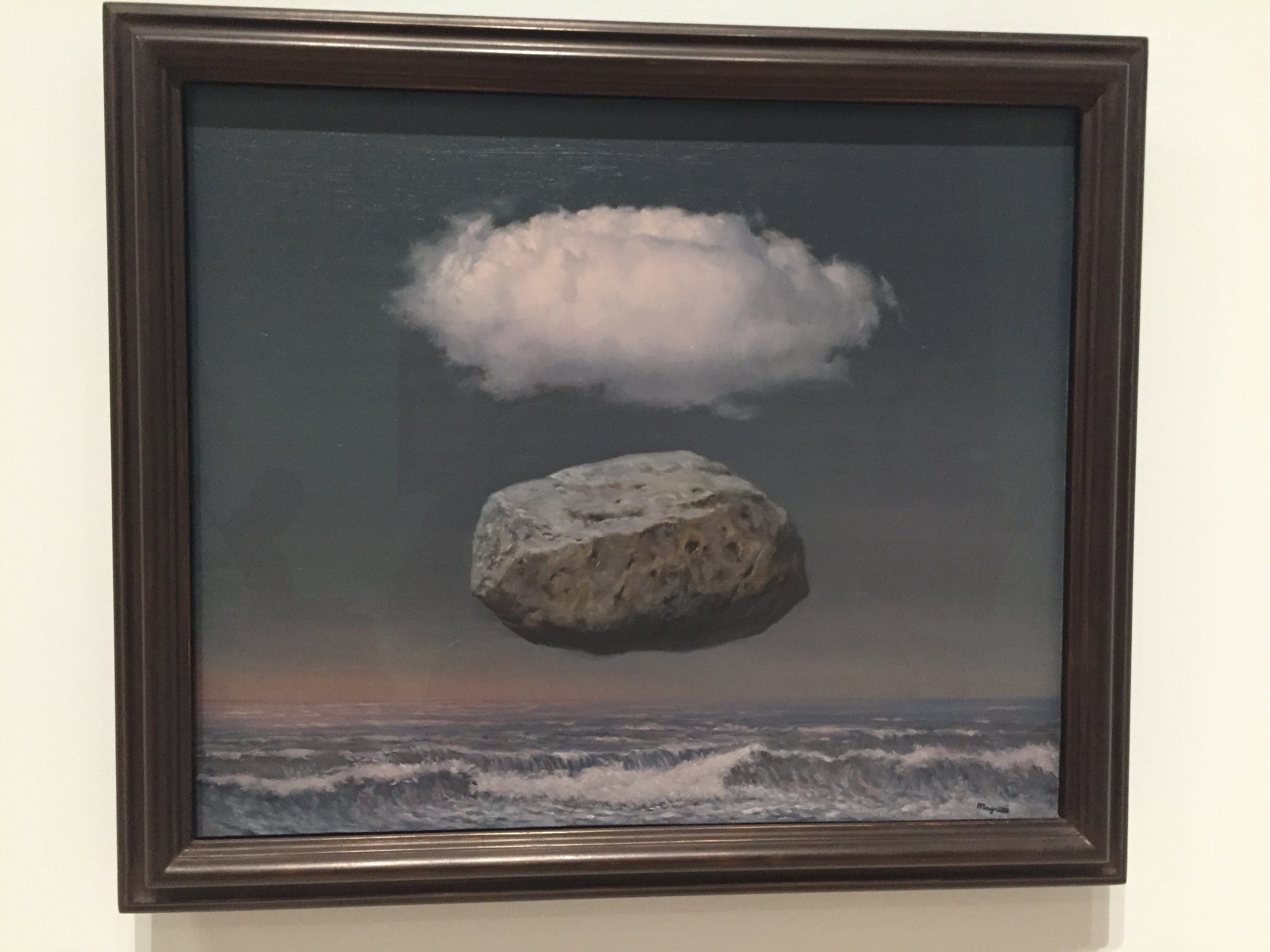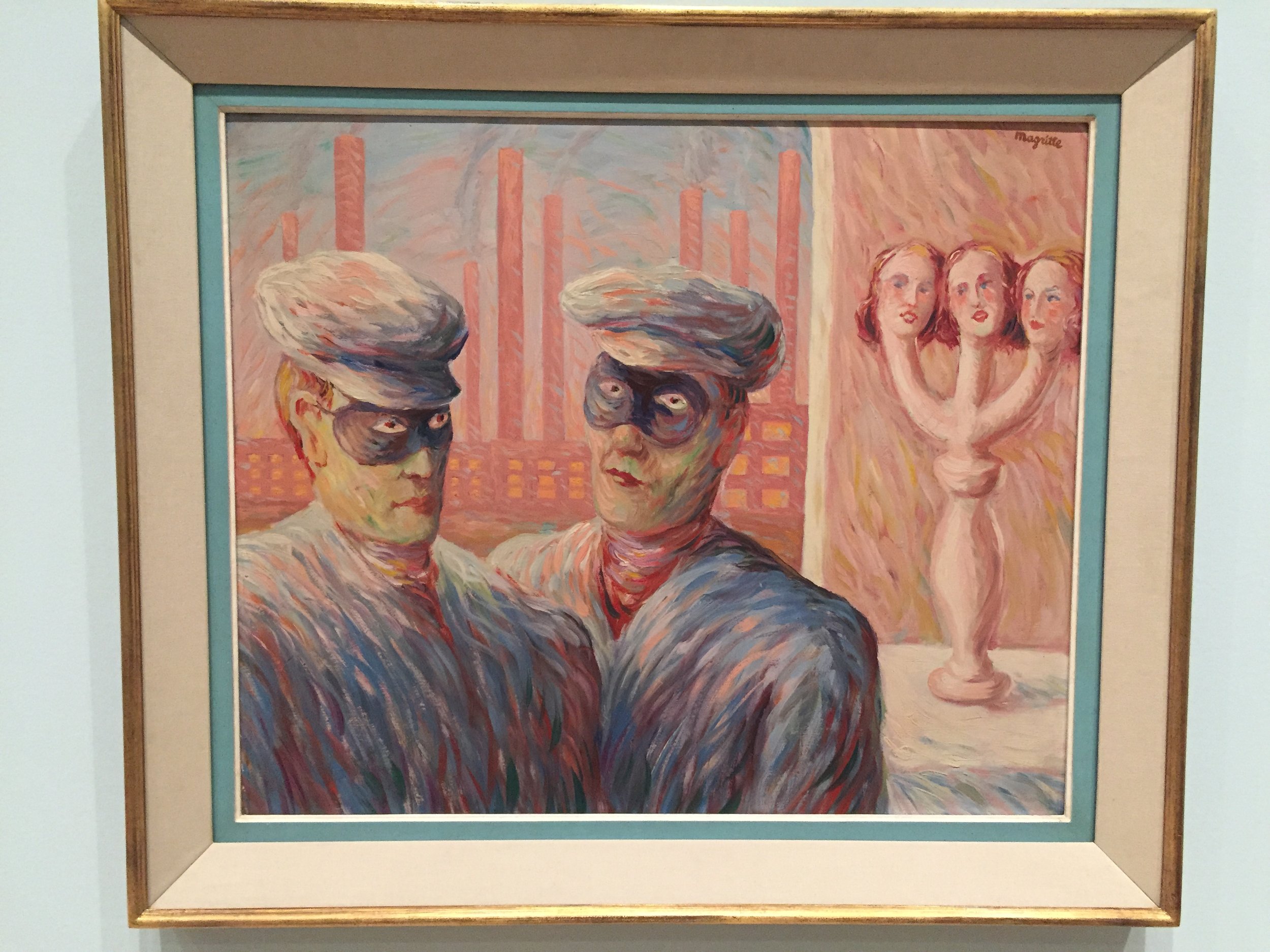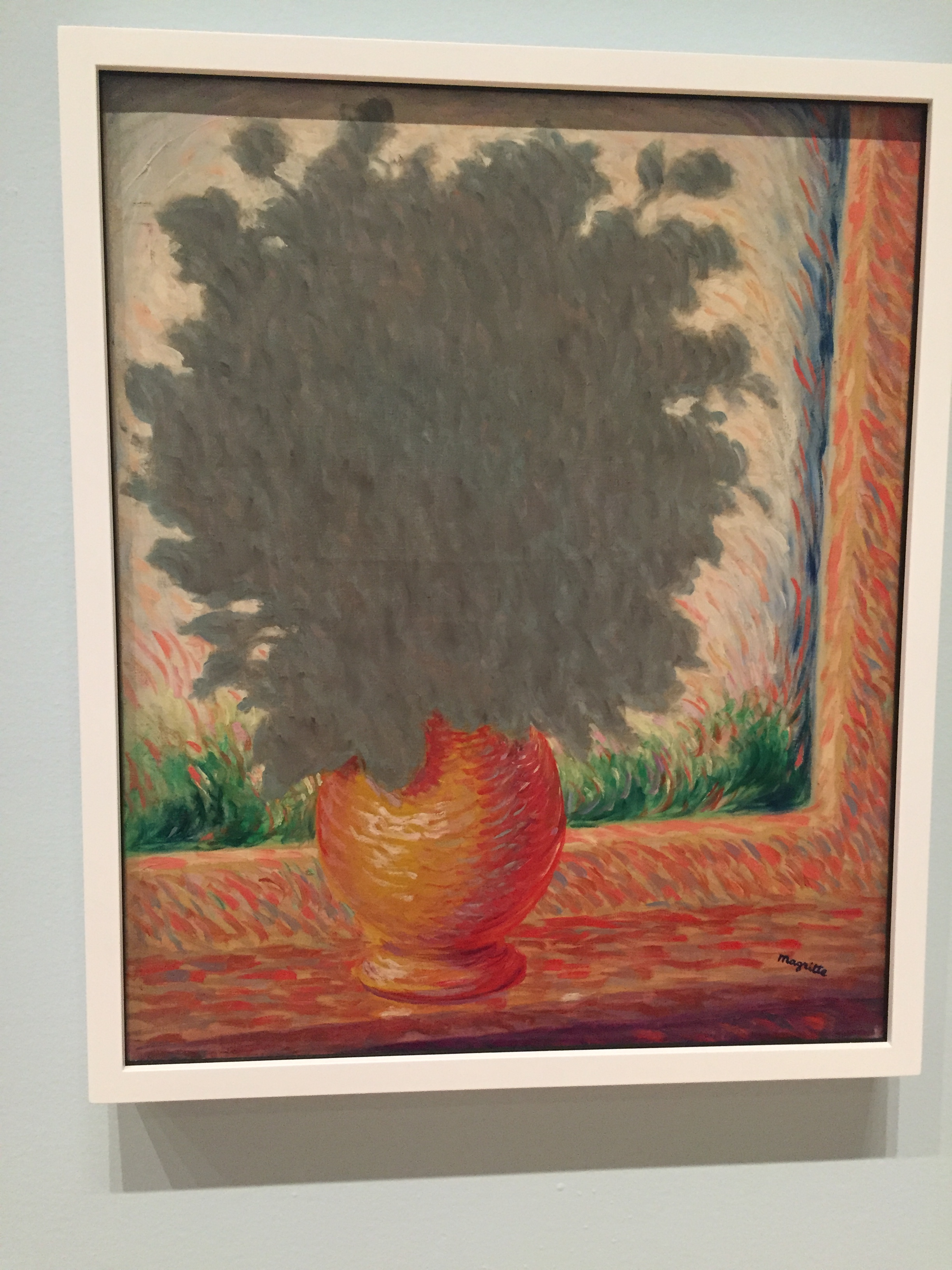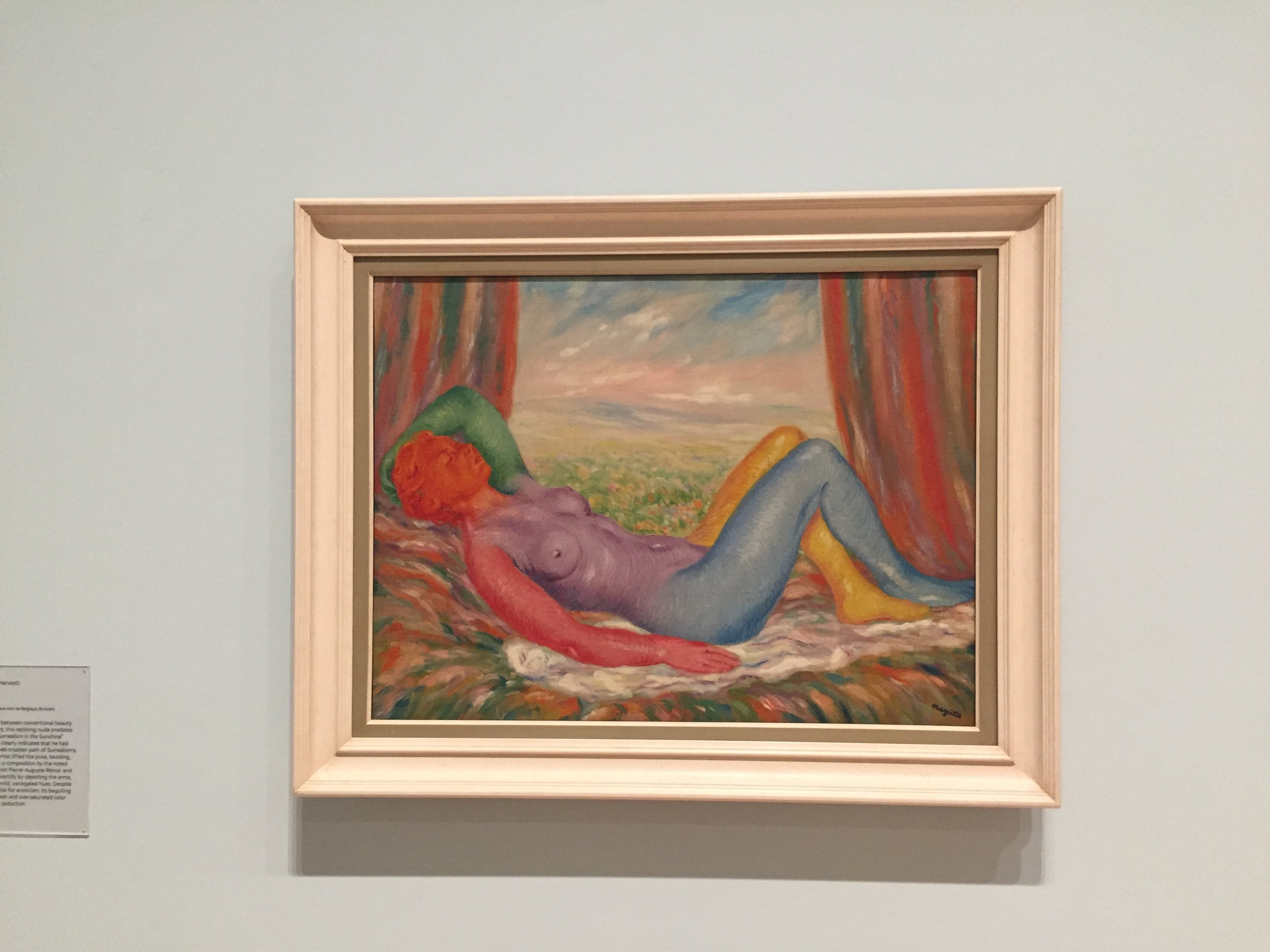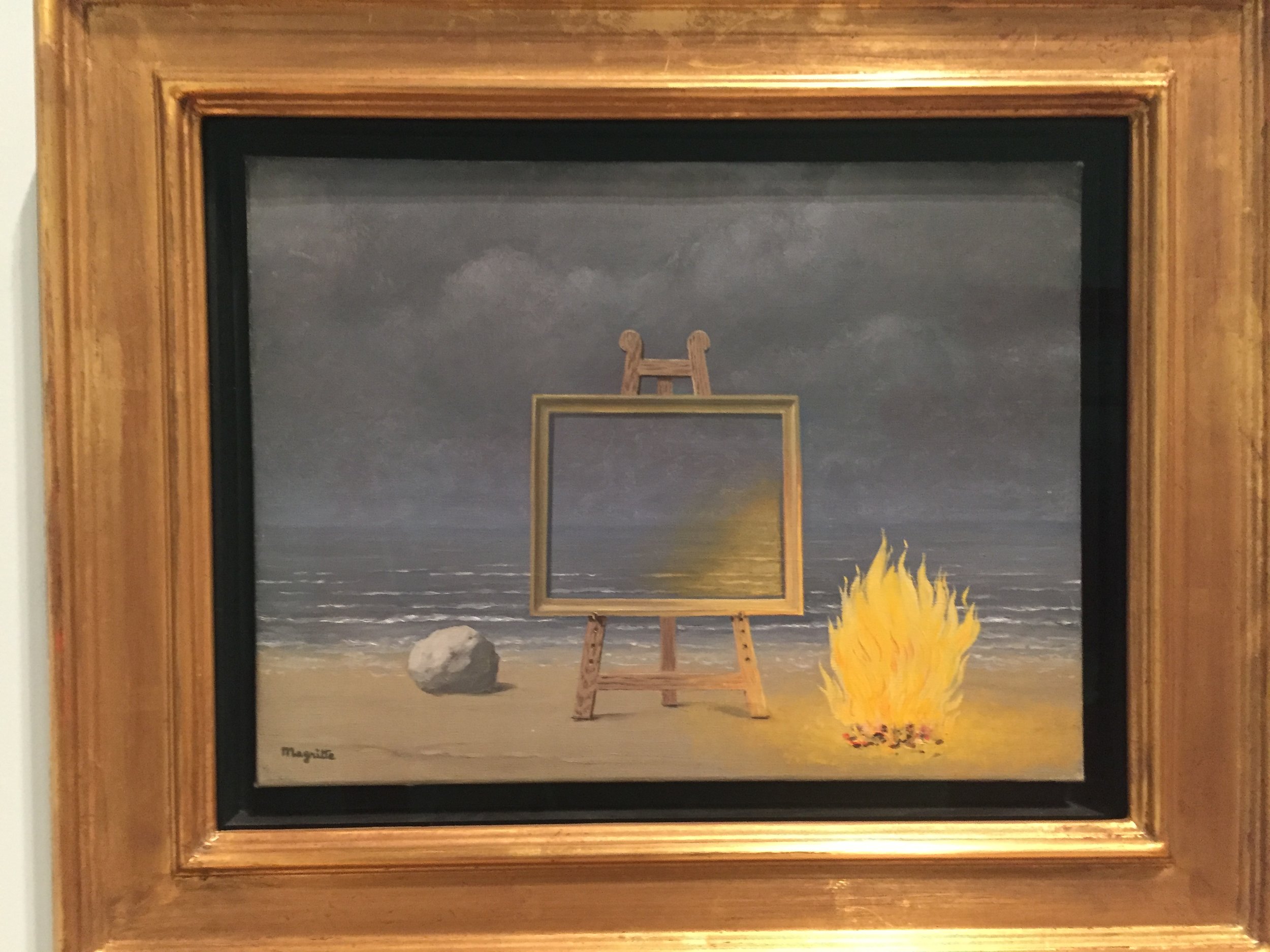In the past weeks, we have been looking at some wonderful, all male artists in the Bay Area and London (Joan Brown the notable exception).
This week there are two, very different, simultaneous shows opening in San Francisco that are light years from those groups.
Two Chicago-born women artists, Judy Chicago and Joan Mitchell, are taking over the De Young and SF MoMA. It's a moment worth celebrating. Though their trajectories and practices are wholly different, it's a reminder that other breakthroughs were going on as the figuratives in London and the Bay Area had returned to the human body for inspiration.
Chicago (nee Cohen) is one of the leading figures of American feminist art. Through painting, textiles, installations (notably The Dinner Party, likely her most well-known work)and perhaps most importantly pedagogy, Chicago galvanized art practice in the women's movement both by her teaching at Cal Arts and Fresno and by the founding of Womanhouse and its successor, the Women's Building in LA. (This aspect of her practice was front and center in the stimulating exhibition Wack, Art and the Feminist Revolution at MoCA in 2007.) Chicago aimed to demonstrate how women artists had been routinely marginalized. She conjoined her own personal practice with education--a true sisterhood. For some observers, this is still a tough pill to swallow.
Though Chicago began in minimalism which was in ascendance in LA at the time, she broke away from this movement and began working with acrylics and sprayed and painted forms that explored a visual language that could impart her feelings about women's sexuality.
In 1972, Chicago began a series Women and Smoke, early performative works in the California desert. Immolation, pictured here, is symbolic for me of the explosion of radical thinking about women and art that Chicago incited and encouraged. Image two is one of her beautiful plates dedicated to Virginia Woolf, 1975-8 from The Dinner Party which memorialized the contributions of women who had made similar important strides.
Janet Bishop Takes David Park on the Road
Janet Bishop’s traveling retrospective of the work of David Park from SF MoMA came during pandemic and wasn’t as widely seen as it should have been. This painting from 1957, Bather With Knee Up, is typical of a subject that he often returned to and which looks utterly modern alongside the current return to figuration. Yet there are echoes of German Expressionism which he may have seen from exhibitions in the Bay Area. The solid figure of the man seems as universal as a Michelangelo. Park worked often from memory in his later work but used sketches to refine or adjust. Though Diebenkorn departed from figuration Park did not live long enough for us to know what would have become of his style. This work will presumably eventually be on view in Thom Mayne’s new building for the Orange County Museum. As we head into LA Gallery weekend and Felix Art Fair it will be interesting to see where California artists are today.
Bilbao Relies On Architectural Interaction
The Mexican architect Tatiana Bilbao doesn’t have a signature building style that’s instantly recognizable. She’s not a top-down diva who designs grand sculptural statements by computer. Instead, Bilbao is singularly engaged with how the world is made and how people interact with her projects. Thriving on input, she prioritizes listening, documenting, and collaborating, a process that begins with her handmade, collaged drawings, which are, she says, “the first sentence in a conversation about architecture.” Bilbao’s egalitarian approach—a change in the traditional paradigm—is winning notice. “Architecture from Outside In,” an exhibition on Bilbao opening today at the San Francisco Museum of Modern Art, features her expansive concept for a Hunters Point master plan.
In schemes with her Tatiana Bilbao Estudio—a botanical garden, government housing, a pilgrimage route, a church, a monastery, a skyscraper “village,” an aquarium, even something as simple but urgent as a safe passage through a dangerous urban park—Bilbao has imported her ideology of inclusion, privileging local elements in novel ways and making the projects themselves agents of change and community.
Bilbao prefers to have a seat at a table, where she actually wants to be challenged. In the SFMoMA gallery, visitors will be encouraged to pause, discuss, and question what they’re seeing. “It’s the moment we’re living in. If we don’t open our voices to other channels, we will get nowhere,” she says. In her work, Bilbao has come up against crime, tornadoes, apathy, and corruption. But she is patient, routinely visiting the inhabitants of her housing projects to get feedback, and wishing every project could emulate her botanical garden, where she has been able to return—to tinker. “I don’t have the answers,” she has said. “I just have the questions.”
SF MoMA's Mona Lisa
I think of this wonderful Matisse portrait of Sarah Stein at SF MoMA as their Mona Lisa. Though small in size, the rendering by Matisse of his devoted patron shows her half smile in an exotic triangular framing of her arms. Stein and her husband Michael were painted by the artist in 1916 and these works eventually came to SF MoMA separately in a deal brokered between two important patrons, Elise Haas and Nathan Cummings. Only Sarah is on view now. As the sister in law of Gertrude, Sarah is less known but had an important role in supporting and encouraging Matisse when he was destitute. She helped him found a school in Paris which gave him the means to do more work of his own. We think of Matisse as the perennial star but in his early career this was not the case. Stein was a devotee of Christian Science and rigorous physical activity to help clear the mind. Matisse may have suggested this physicality in Stein’s arms-up pose. She also commissioned a house from Le Corbusier in the Parisian banlieu, at that time the largest private home he designed. That the portrait came to San Francisco is only fitting since that was where Sarah had grown up.
Paik's Interconnectedness Transcends the Art World
The Nam June Paik exhibition at SF MoMA is a revelation. Paik hovered around the edges of my much more conventional time producing visual arts docs at WNET but this show made me feel I had really missed his important groundbreaking connections between media and global interconnectedness which we now know to be the attributes of the internet. Here he is pictured with longtime collaborator Charlotte Moorman ostensibly a cellist but an entrepreneur with an audacious collective spirit just like his. The two knew no bounds when it came to live performance. Paik sat in her lap as she ‘played’ him or allowed him to repurpose her breasts as a tv outlet. They were indomitable and precursors to the live international media feeds we now take for granted. “Sex is very underdeveloped in music as opposed to literature and art” he said. Also appearing in the wild and woolly exhibition are John Cage, Merce Cunningham, George Plimpton as an MC and other luminaries. It’s eye popping and immersive.
Rivera In San Francisco
A thrill to see two panels from Diego Rivera’s Pan American Unity mural series made originally on Treasure Island in 1940 in front of a live audience being installed at SF MoMA. Chief Curator Janet Bishop tells me all of the 5 oversized panels are being transported in the wee hours to avoid traffic and disturbance. A joint project of the much beleaguered SF City College and the museum they will reside in a special Snohetta designed corner gallery. Opens early this summer and will be on view for at least a couple of years Rivera had in mind that all the peoples of North and South America would therein be represented. As events roiled Europe soon to spill over to the west, perhaps this was a hope and dream more than a reality. Still its majesty bespeaks a commonality we seek even today.
Magritte’s The Fifth Season, an exhibition of late work at SF MoMA has some surprises
The San Francisco Museum of Modern Art has injected some new energy into the study of late Magritte and though these outliers in the oeuvre are not nearly as pleasing or inventive as those more familiar to us, some, especially those which refine or riff on earlier motifs (bowler hats, fire, mountains and stones) are lively and witty.
The late gouaches are especially nice-small and elegant and returning to the odd juxtapositions which made him not only a master of paint but also the bon mot. Magritte was in touch with the writers and poets of his time and infused his work with the allegories and allusions which preoccupied the Surrealists throughout his life. He believed "‘secret affinities’ existed between unlikely pairs of objects", reminds a wall label. “We know the bird in the cage,” he wrote, but “it is more interesting to replace the bird with a fish or a shoe.”
(The recent biography of the de Menils sheds some more light on this ‘late’ Magritte who appears to have been someone with a real sense of humor.)
The curators say he had largely left surrealism by this juncture. But he himself waffled when asked the question point blank. I appreciated their wall texts which split the difference. “When it comes to matters of the heart”, the curators write referring to image of a rose and sword, “Which is mightier?” They point out the multiplicity of layers in Magritte, his enclosing things in compartments to reveal the mysteries inside. This is the essence of surrealism.
Less successful are the works that hark back to the late Impressionists, or Fauvists and bad Renoir, and bring color and reality to subjects far from those we commonly associate him with—what is commonly called ‘sunlit surrealism’. It felt bumpy as if he himself had sought, during the Nazi regime, to hide his more daring, darker impulses. I suppose it was very contemporary of him to riff on the earlier artists, after all, it is one of the defining artistic motifs of our contemporary period, but for me they fell flat.
Magritte remains nevertheless close to my heart as you can see by my website cover image of his fish — a late gouache — wrapped in pearls. Another fish — Merman? Mermaid? — is part of the exhibition. He is a master at conjuring imagery of disparate things and bringing new dimension and meaning to each.
Also check out artist Ali Fitzgerald’s funny takes on some of Magritte’s iconic imagery.
The exhibition is up until October 26 and will not travel. A good excuse to visit SF where it is much cooler during the summer than the most of the rest of the US.


